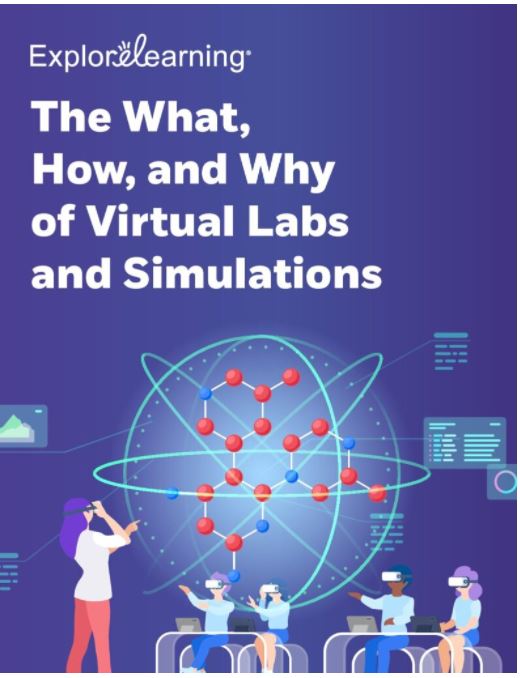The What, How, and Why of Virtual Labs and Simulations: Part Three

Why virtual labs?
Virtual labs can offer educational experiences that are simply not possible, or are prohibitive, in traditional classroom settings. Virtual labs offer:
Flexibility. Students, teachers, and schools are not bound by schedules or physical locations when using virtual labs. They can be accessed anywhere with an internet connection and completed at times that work best for students and teachers.
Safety. With virtual labs there is no need for costly equipment or potentially dangerous chemicals. In a virtual lab students can’t injure themselves or others, or break equipment. And the best virtual labs show students how equipment can be used properly—setting them up for safety and success when and if they are in a traditional lab.
The ability to try, fail, and try again. It doesn’t matter, except in time, whether a student runs an experiment one time or 20 to get the desired result. With each experiment, students can manipulate variables, run the experiment, and immediately see the results. And with each experiment, students learn more about the concept being studied and the scientific method in general.
Immediate feedback. And whether a student grasps a concept immediately or is struggling mightily, teachers will know. With the ability to monitor what students do every step of the way—instead of just seeing the end result—teachers can guide students appropriately.
A level playing field. With the flexibility and ability to try as many times as necessary to succeed offered by virtual labs, struggling students can catch up to their classmates in their own time and in their own way. No one is the last one in class trying to get the “right answer,” teachers can intervene as much or as little as necessary, and results can be studied along the way to see how instruction can be improved or changed for a student.

Sign up to get the latest updates from ExploreLearning via occasional email.